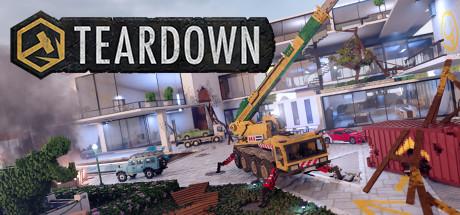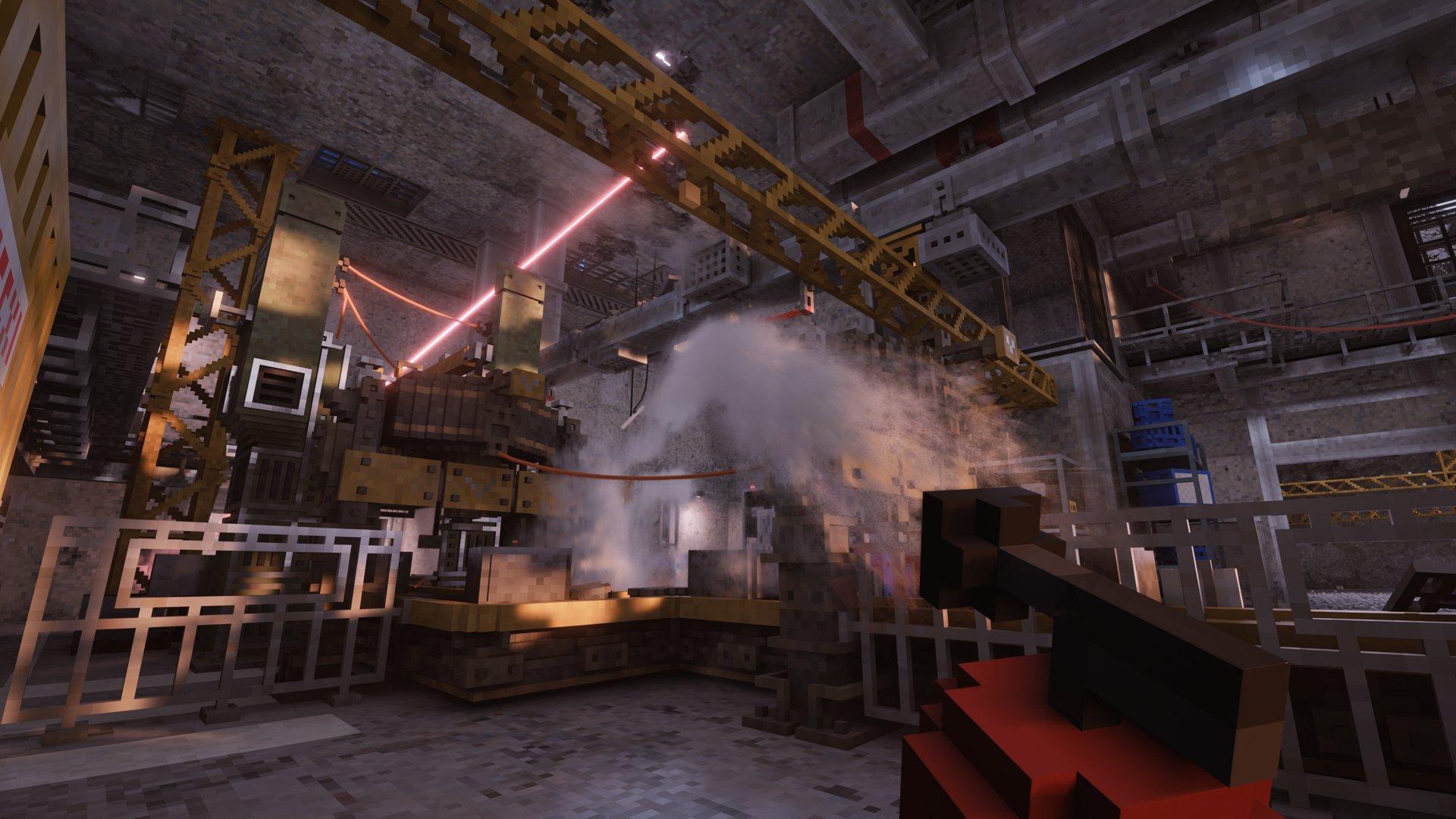
I played Teardown by Tuxedo Labs on the PC.
The target audience should enjoy the same kind of open-ended puzzle solving present in a game like Hitman, and people who like silly physics-based playgrounds. .
.
In Teardown, you’re given an objective – i.e., turn off three alarms in 30 seconds, but the timer doesn’t start until you get the first objective. Prior to that, you have to set up an escape route with different vehicles, terrain, and by blasting holes in buildings. After that, you have to jump and platform your way out, using what you set up. The larger puzzle of the level usually has a number of possible solutions, but smaller areas of the level tend to have one or two ‘right’ ways to use them as part of your larger plot.
Challenge is the core type of fun, but there’s also a substantial element of sensation – blasting apart walls is viscerally satisfying – and a light narrative tying the different scenarios together. Applying your wide verbset and tools to the different levels is fun, and the solutions I came up with always felt inventive.
They didn’t always go to plan, however. In one heist, I set up a building to collapse on my way out, in order to cause a blaze and set off a fire alarm that would distract the responders. However, I blew up the last support strut a little too early and ended up trapping myself in the burning building, quietly roasting as I waited to get caught.
When they did go off, however, it was great. One of my best escapes with a safe of cash involved leaping out of a third story window into the bucket of a construction vehicle I’d set up earlier, along a series of planks, and culminated in a swan dive into the river to my waiting boat.
 However, I do think there’s things to improve. As mentioned earlier, this game falls into the genre of funny, physics-based indie games – i.e., Human Fall Flat – where some of the appeal is the silly situations that arise from the physics interactions. While this does work to create exciting/funny moments, it also means that there’s sometimes a gap between planning and execution that it doesn’t feel like you have that much control over. The arc of each level is meant to be: 1) analyze the level 2) set up your escape route 3) execute. Dealing with awkward vehicle controls, or tools that never seem to quite destroy what you’re intending, means that what you plan often doesn’t actually match up with what you end up doing. Alternatively, there were times when I knew I had to bulldoze something, but the vehicle controls made it take much longer than it should have, and awkwardly rolling forward and back a few feet wasn’t fun.
However, I do think there’s things to improve. As mentioned earlier, this game falls into the genre of funny, physics-based indie games – i.e., Human Fall Flat – where some of the appeal is the silly situations that arise from the physics interactions. While this does work to create exciting/funny moments, it also means that there’s sometimes a gap between planning and execution that it doesn’t feel like you have that much control over. The arc of each level is meant to be: 1) analyze the level 2) set up your escape route 3) execute. Dealing with awkward vehicle controls, or tools that never seem to quite destroy what you’re intending, means that what you plan often doesn’t actually match up with what you end up doing. Alternatively, there were times when I knew I had to bulldoze something, but the vehicle controls made it take much longer than it should have, and awkwardly rolling forward and back a few feet wasn’t fun.
By tightening up these controls – giving your vehicle more torque and making it more responsive, making your tools work in more consistent ways (i.e., give thrown items clearer indicators re: where they’ll land, give the sledgehammer a targeting indicator) I think they could preserve the physics-based excitement and mishaps. However, those changes would make the actual puzzle solving more of the focus of the 2nd part of that arc, rather than mechanical execution. It would also mean that mistakes – like the one I described above, where I accidentally blew up the building too early – would be clearly attributable to human error, and clearly rectifiable. One of the worst times are those where you have a solution, but you feel like you have to wait for something that feels out of your control (i.e., vehicles arbitrarily stuck on tiny terrain, inconsistent-feeling explosives, etc.). As it is, I think that this game is still too prone to those situations, and I think the changes I’ve described would help rectify it.


